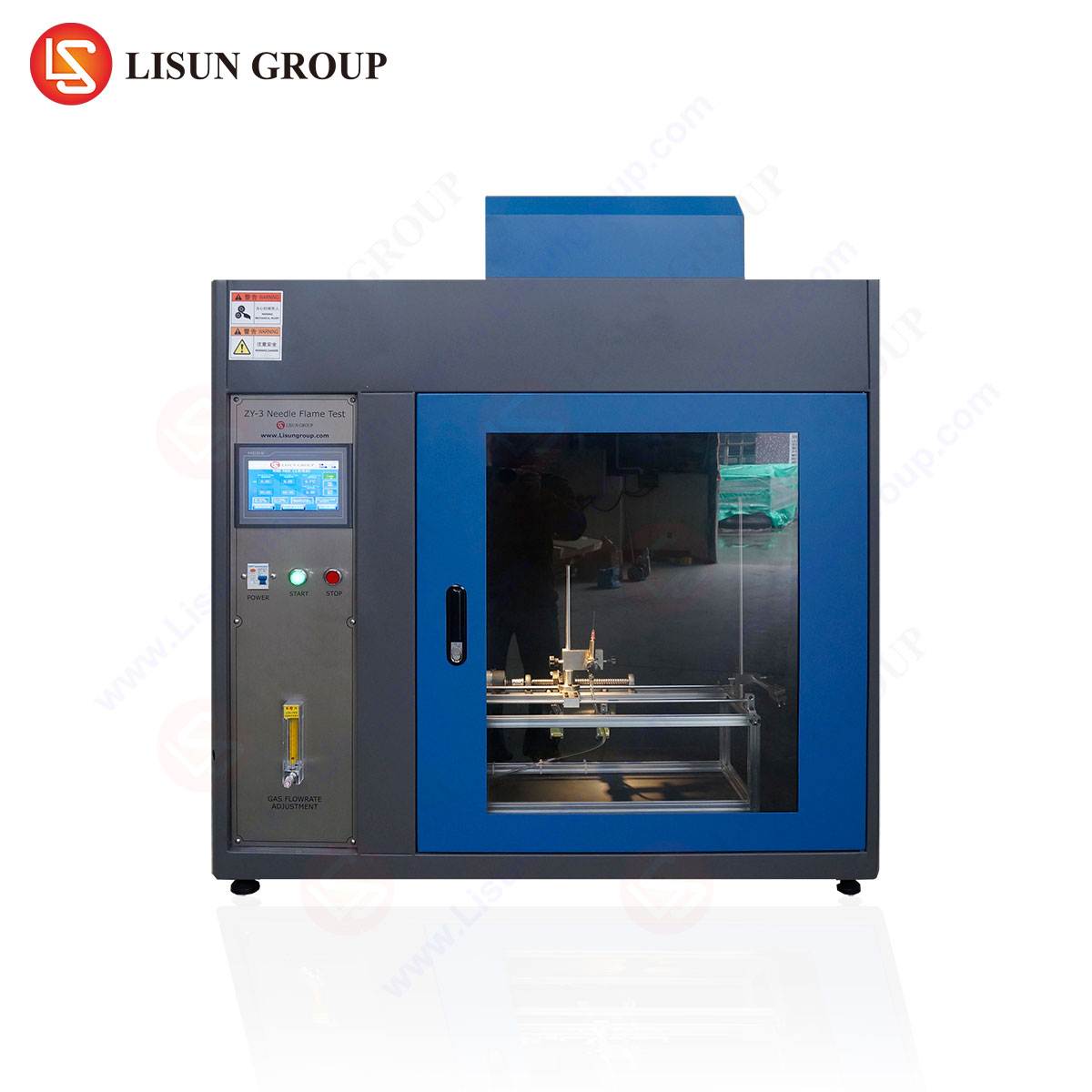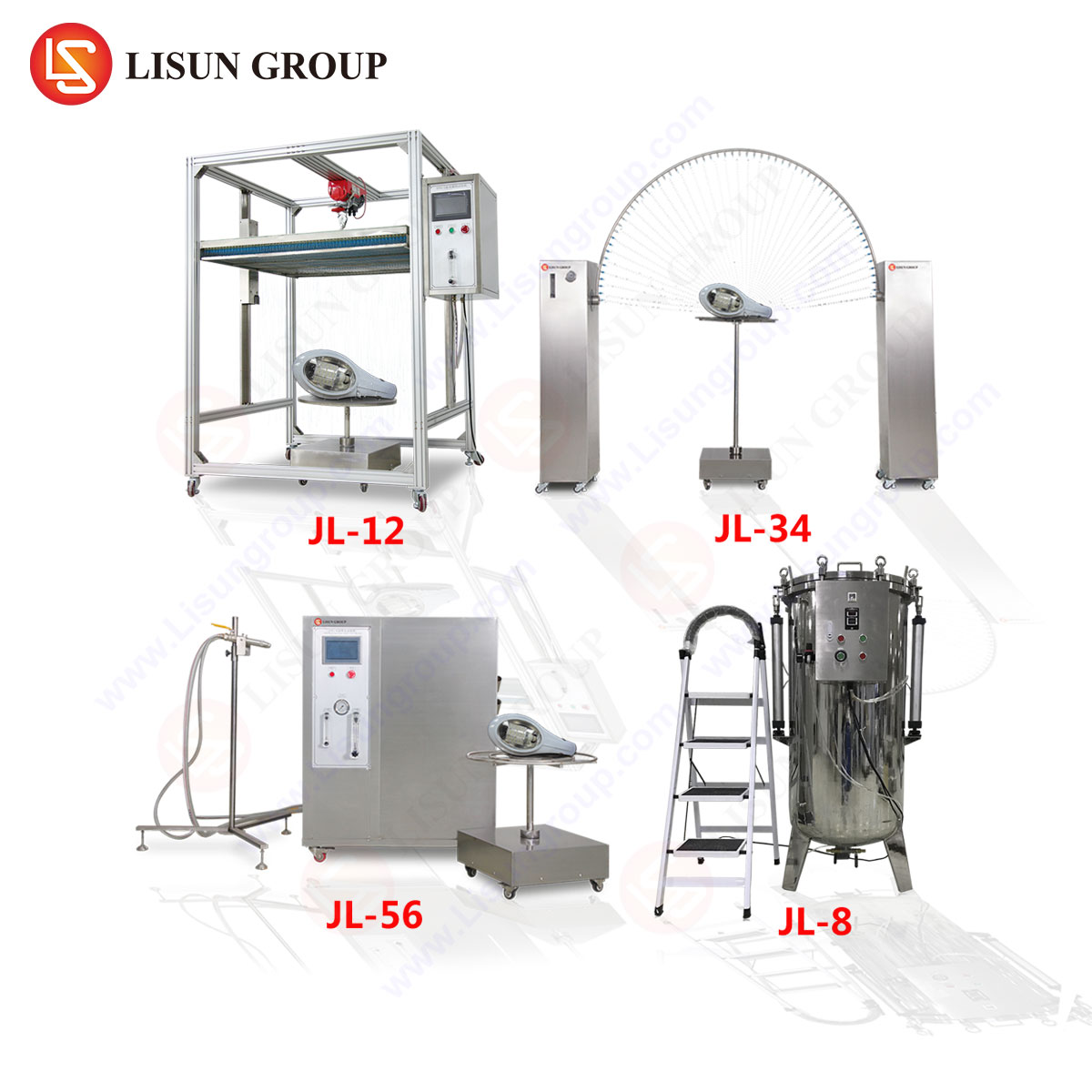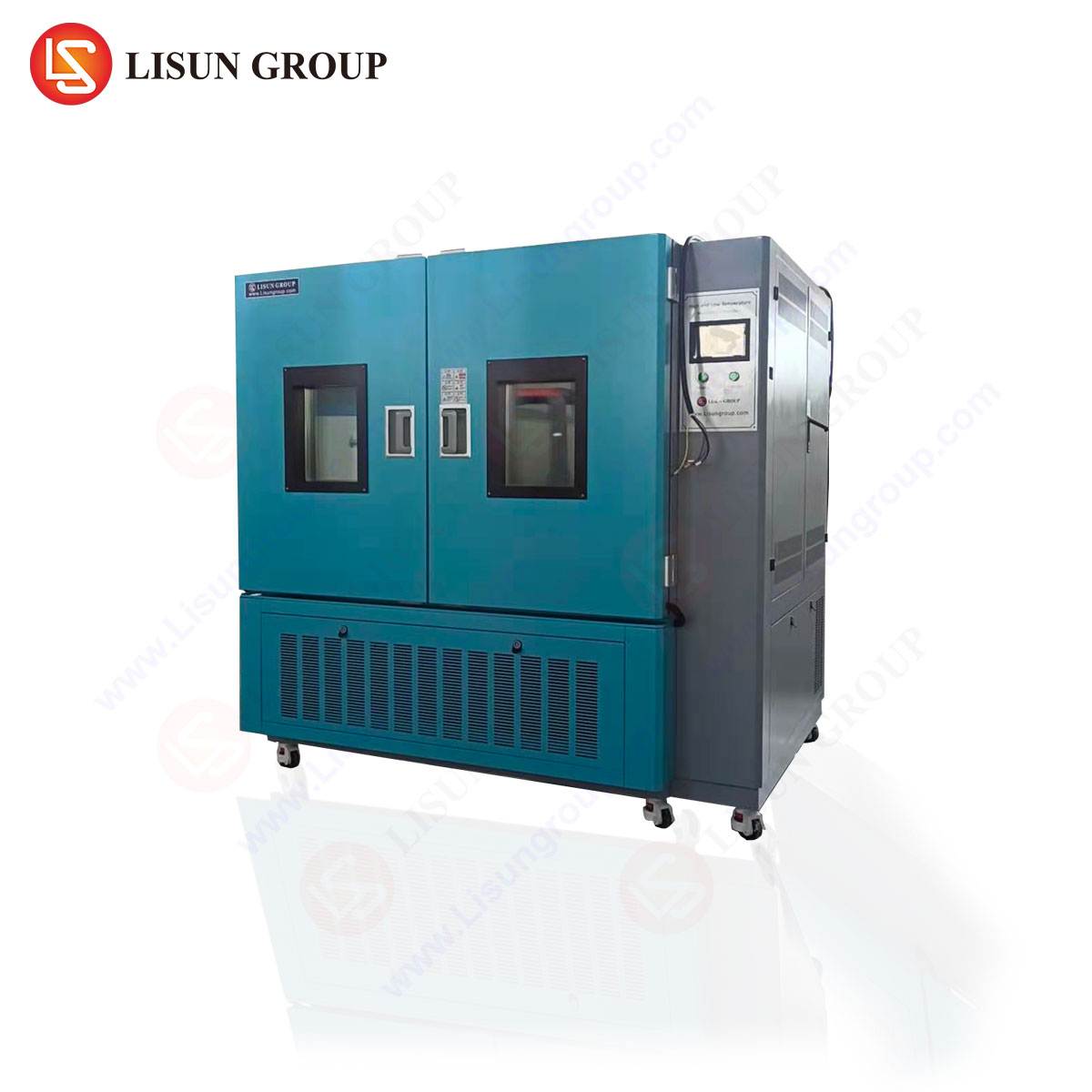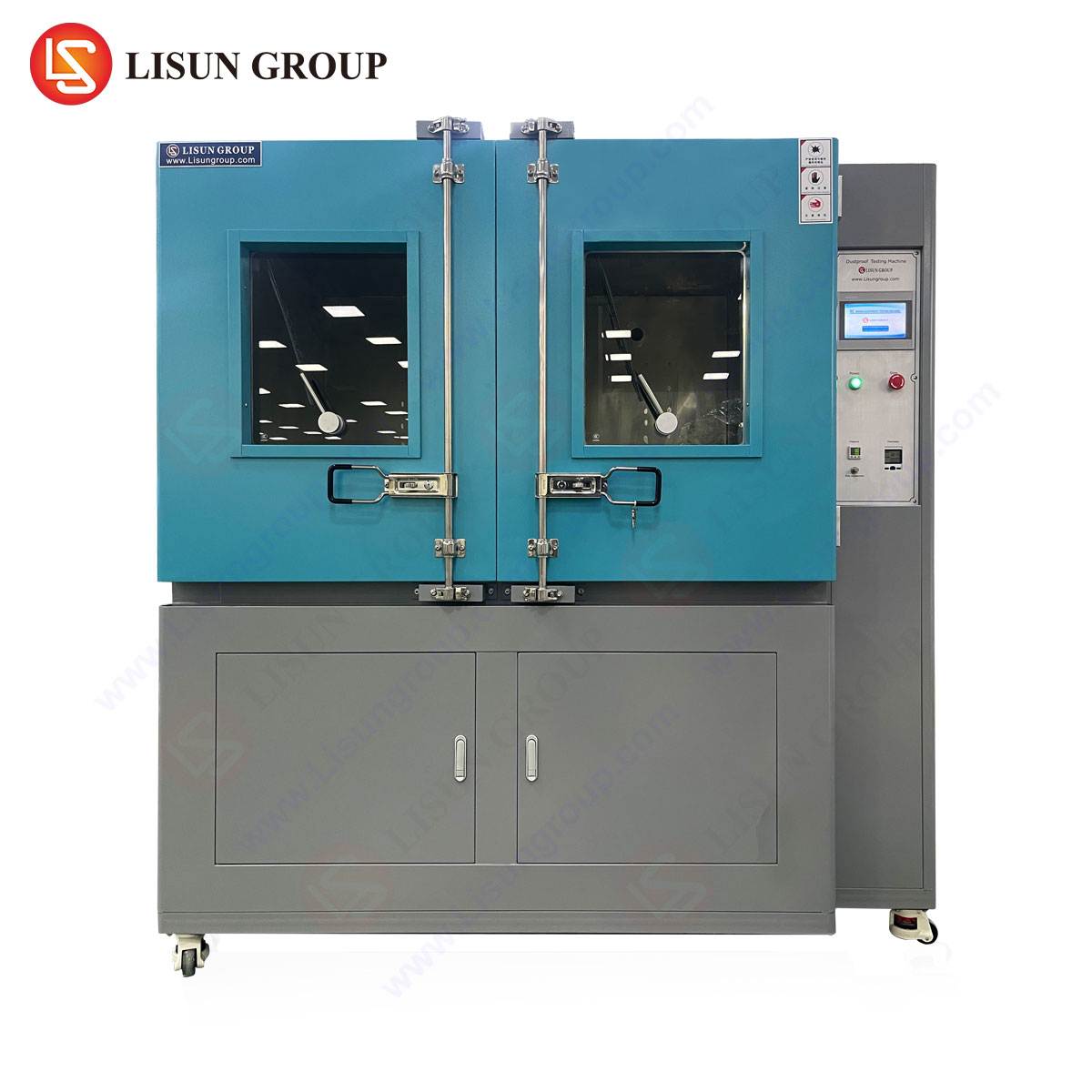The Role of Salt Fog Corrosion Testing in Accelerated Environmental Simulation
The relentless pursuit of product durability and reliability across a multitude of industries necessitates rigorous environmental testing methodologies. Among these, salt fog (or salt spray) testing stands as a fundamental and internationally recognized procedure for evaluating the corrosion resistance of materials and surface coatings. This test method artificially accelerates the corrosive effects of a saline atmosphere, providing invaluable predictive data on a component’s performance and lifespan when exposed to real-world conditions. The apparatus central to this process is the Salt Fog Corrosion Test Chamber, a sophisticated piece of laboratory equipment engineered to create and maintain a highly controlled, corrosive environment.
Fundamental Principles of the Salt Fog (Spray) Test
The underlying principle of the salt fog test is the acceleration of atmospheric corrosion through the continuous, controlled atomization of a neutral (pH 6.5 to 7.2) or acidified (pH 3.1 to 3.3) sodium chloride (NaCl) solution into a sealed environmental chamber. This process generates a dense, settling fog that uniformly blankets test specimens. The corrosive mechanism is primarily electrochemical, involving the formation of anodic and cathodic sites on the metal surface. The saline solution acts as a highly conductive electrolyte, facilitating the flow of ions and drastically accelerating the oxidation process that would naturally occur over months or years in a coastal or de-icing salt environment.
The test is not designed to replicate the exact conditions of any specific natural environment but rather to provide a severely corrosive and standardized atmosphere. This allows for highly reproducible comparative data between different material batches, plating thicknesses, coating types, and surface treatment processes. The results are primarily qualitative, used to rank materials and finishes based on the time elapsed before the first appearance of corrosion products (e.g., white rust on zinc, red rust on steel) or coating failure.
Architectural and Functional Components of a Modern Test Chamber
A contemporary salt fog chamber is a complex system integrating materials science, precision engineering, and digital control. The primary components include the chamber cabinet, salt solution reservoir, air saturator system, fog nozzle, specimen supports, heating system, and a sophisticated digital controller.
The chamber cabinet is typically constructed from robust, corrosion-resistant materials such as polypropylene, glass-reinforced plastic (GRP), or PVDF (Polyvinylidene Fluoride). These polymers offer exceptional resistance to the highly corrosive saline environment, ensuring the integrity of the chamber itself over thousands of test hours. Thermal insulation is critical for energy efficiency and maintaining a stable internal temperature.
The air supply system is a critical differentiator in test quality. Compressed air must be free of oil, dirt, and other contaminants. It is first pressurized and then bubbled through a tower of heated, purified water—the air saturator. This process humidifies and heats the air to the chamber’s setpoint temperature (typically +35°C or +50°C), preventing a cooling effect when the air expands at the nozzle and ensuring a consistent droplet size and fog density. The saturated air is then delivered to a precisely engineered nozzle, often made of crystal or other inert materials, where it mixes with and atomizes the salt solution drawn from the reservoir.
Digital programmable controllers manage all parameters, including chamber temperature, saturator temperature, test duration, and fog collection rate. Advanced models feature touchscreen interfaces, data logging capabilities, and connectivity options for remote monitoring and control.
Adherence to International Testing Standards
The execution and validation of salt fog tests are governed by a strict framework of international standards. These standards, published by organizations such as ASTM International (USA), ISO (International Organization for Standardization), and JIS (Japanese Industrial Standards), define every critical parameter of the test to ensure reproducibility and cross-industry acceptance of results.
The most prevalent standard is ASTM B117 – Standard Practice for Operating Salt Spray (Fog) Apparatus. This is the foundational test method for neutral salt spray (NSS) testing. Other critical standards include:
- ISO 9227 – Corrosion tests in artificial atmospheres – Salt spray tests: Encompasses Neutral Salt Spray (NSS), Acetic Acid Salt Spray (AASS), and Copper-Accelerated Acetic Acid Salt Spray (CASS) tests.
- JIS Z 2371 – Methods of salt spray testing.
- IEC 60068-2-11 – Environmental testing – Part 2-11: Tests – Test Ka: Salt mist: Specifically for electrical and electronic products.
These standards meticulously specify the preparation of the 5% NaCl solution, the pH range, the chamber temperature, the saturator temperature, the required fog collection rate (1.0 to 2.0 ml/h per 80cm²), and the positioning of specimens. Compliance with these standards is not optional; it is a prerequisite for any test data to be considered valid by quality assurance departments, certification bodies, and customers.
The YWX/Q-010 Salt Spray Test Chamber: A Technical Examination
The LISUN YWX/Q-010 Salt Spray Test Chamber exemplifies the engineering required to meet these rigorous international standards. It is designed to provide a stable and consistent corrosive environment for the qualification testing of a vast array of products and components.
Testing Principle and Operation: The YWX/Q-010 operates on the principle of pressurized atomization. Compressed air is purified and humidified by passing through a heated saturator tower. This saturated air is then delivered to a nozzle, creating a Venturi effect that draws the salt solution from the reservoir and disperses it into a fine, dense fog within the chamber. The chamber’s interior is maintained at a constant elevated temperature (+35°C for NSS tests), ensuring optimal conditions for accelerated corrosion.
Key Technical Specifications:
- Chamber Temperature Range: Ambient to +55°C
- Temperature Fluctuation: ≤ ±0.5°C
- Temperature Uniformity: ≤ ±2.0°C (critical for consistent results across all specimens)
- Saturator Temperature Range: Ambient to +65°C
- Test Chamber Volume: 108 Liters
- Salt Solution Tank Capacity: 15 Liters
- Fog Collection Rate: Adjustable to meet the 1-2 ml/80cm²/h requirement of ASTM B117
- Controller: Digital PID (Proportional-Integral-Derivative) controller for precise and stable temperature regulation, often featuring a programmable timer and real-time display of operational parameters.
Industry-Specific Applications and Use Cases
The YWX/Q-010 chamber is deployed across industries where corrosion resistance is a non-negotiable attribute of product quality and safety.
Automotive Electronics and Components: Electronic control units (ECUs), sensor housings, connector terminals, and wiring harnesses are subjected to salt fog testing to simulate exposure to road de-icing salts and coastal environments. Failure can lead to short circuits, signal degradation, and critical system malfunctions.
Electrical and Electronic Equipment & Telecommunications: Server racks, network switches, router casings, and base station components must resist corrosive atmospheres to ensure uninterrupted service and data integrity, particularly in industrial or outdoor installations.
Lighting Fixtures: Both indoor and outdoor lighting, especially automotive headlamps, streetlights, and marine lights, undergo testing to prevent corrosion of aluminum housings, reflectors, and electrical contacts, which can lead to reduced light output and electrical hazards.
Aerospace and Aviation Components: While often subject to more stringent tests, many non-critical components like brackets, housings, and fasteners are validated using salt fog to ensure they do not become a point of failure in the airframe’s overall corrosion protection system.
Medical Devices: Equipment intended for use in sterile, but occasionally harsh, cleaning environments (e.g., surgical tools, mobile cart housings) are tested to ensure their coatings and materials can withstand repeated exposure without degrading or harboring contaminants.
Consumer Electronics and Household Appliances: The metallic finishes on smartphones, laptops, washing machine drums, and refrigerator condenser units are tested to guarantee they maintain their aesthetic and functional properties when exposed to humid, saline-laden air in homes near coastlines.
Comparative Advantages in Engineering and Design
The design philosophy behind chambers like the YWX/Q-010 focuses on reproducibility, user safety, and operational longevity. Key competitive advantages stem from meticulous attention to detail in its construction and control systems.
The use of high-grade, molded polypropylene for the entire chamber interior and reservoir offers superior corrosion resistance compared to lower-quality plastics or lined steel cabinets, which can degrade and contaminate tests over time. The integrated lid saddle collects condensate and directs it away from the test specimens, preventing drip-related anomalies in the results.
The precision of the PID temperature control system cannot be overstated. The ≤ ±0.5°C fluctuation ensures the chamber environment remains perfectly stable, a critical factor in achieving test repeatability. Inconsistent temperature is a primary source of inter-laboratory variation. Furthermore, features like automatic tank refilling, low solution level safety cut-offs, and large-diameter drain valves enhance operational convenience and minimize manual intervention, reducing the potential for operator error.
Data Interpretation and Analytical Considerations
Upon completion of a test cycle, specimens are carefully removed, gently rinsed to remove salt deposits, and dried. Analysis is primarily visual and comparative. Technicians examine specimens for the type, extent, and distribution of corrosion. Standardized rating systems, such as those outlined in ASTM D610 (for rust grade on steel) or ASTM B537 (for rating numerical), provide a quantitative framework for assessment.
It is crucial to understand that the test is accelerated and comparative. A sample that withstands 500 hours of neutral salt spray will typically outperform one that fails after 120 hours. However, extrapolating these hours directly into a real-world service life (e.g., 500 hours = 10 years) is scientifically unsound. Real-world conditions involve dry-wet cycles, UV radiation, pollution, and mechanical abrasion, which are not replicated in a standard salt fog test. The value of the test lies in its ability to quickly and reliably rank materials and identify clear failures in a coating system or manufacturing process.
Frequently Asked Questions (FAQ)
Q1: What is the required purity of the water and salt used in the test solution?
The standards are explicit. ASTM B117 requires that the sodium chloride be between 95% and 100% sodium chloride with no more than 0.3% total impurities. The water used for the solution and for the saturator must be distilled or deionized water with a resistivity of not less than 200,000 ohm-cm and a total solids content of less than 20 ppm. Using tap water will invalidate the test due to unknown minerals and contaminants.
Q2: How often does the salt solution need to be replaced?
The salt solution in the reservoir is typically reused until the test is concluded, provided its pH remains within the specified range (6.5 to 7.2 for NSS). The pH must be checked and adjusted daily. The solution should be discarded if it becomes contaminated with dirt or other foreign matter. The solution in the saturator tower, which is pure water, should be replaced periodically to prevent scale buildup from impairing humidification efficiency.
Q3: What is the purpose of the air saturator tower?
The saturator serves two critical functions. First, it heats the compressed air to the chamber’s temperature setpoint, preventing a cooling effect when the air expands at the nozzle, which would alter the chamber temperature and fog density. Second, it humidifies the air to 95-98% RH, ensuring the atomized salt droplets are of a consistent size and that water vapor is not drawn from the test specimens themselves, which would distort the corrosion process.
Q4: Can the chamber perform Acidified Salt Spray (AASS) tests?
While the standard YWX/Q-010 is designed for Neutral Salt Spray (NSS), AASS tests can be performed by carefully acidifying the salt solution to a pH of 3.1-3.3 using acetic acid. However, the chamber construction must be thoroughly cleaned afterward to prevent residual acid from affecting subsequent NSS tests. Some manufacturers offer specific models or optional materials better suited for frequent acidic testing.
Q5: How is the fog collection rate measured and why is it important?
The collection rate is measured by placing a specific funnel and graduated cylinder inside the chamber in a designated location. The amount of solution collected over a set period (usually 16-24 hours) is measured. This rate must fall between 1.0 and 2.0 ml per hour for every 80 cm² of collection area. This parameter is the primary metric for ensuring the chamber is producing a fog of the correct density, as mandated by the standards. An incorrect rate invalidates the test.







